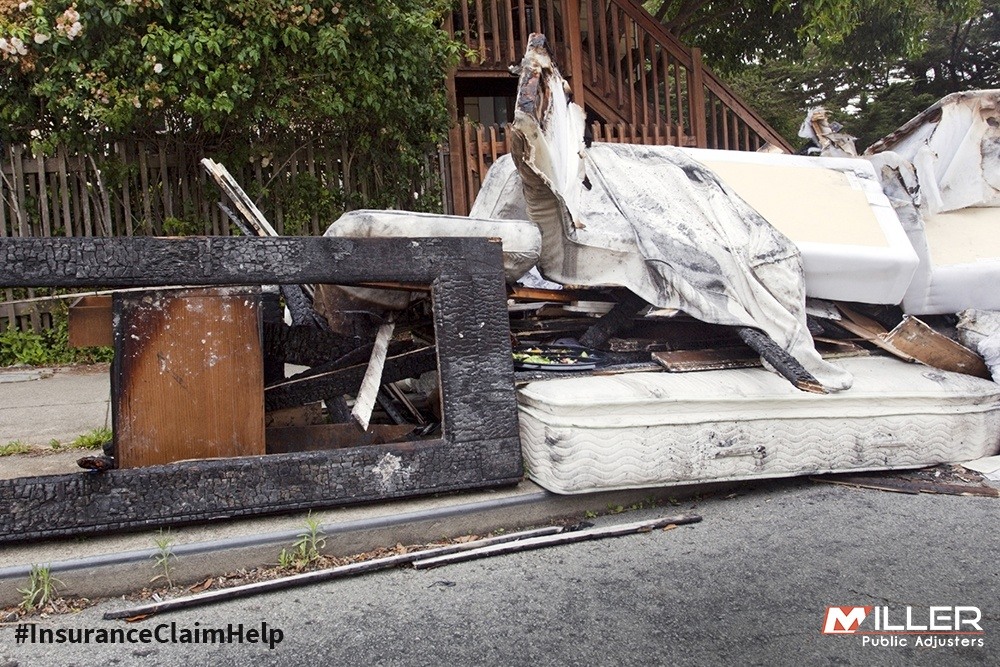
Understanding Debris Removal Coverage in Your Homeowners Insurance Policy
As a homeowner, you are responsible for clearing fire debris from your property, but fortunately, most standard homeowners insurance policies include coverage for debris removal. This essential benefit helps restore your property to its pre-loss condition, but the scope of coverage varies significantly between policies. Knowing exactly what your insurance covers can prevent costly surprises during an already challenging recovery process.
How Much Coverage Is Available for Debris Removal?
The amount allocated for debris removal depends entirely on your insurer and your specific policy terms. Typically, you'll find one of two coverage structures:
Dwelling Limit Deduction – Many policies require you to use part of your Coverage A (Dwelling) limit to pay for debris removal. This means cleanup costs reduce the total amount available for rebuilding.
Additional Coverage – Some insurers provide extra benefits beyond your Dwelling limit, usually as a flat fee (e.g., $10,000) or a percentage of your Dwelling coverage (often 5%).
These details are typically listed under the "Additional Coverages" section in an open-perils policy. However, some carriers impose sub-limits or special conditions, so reviewing your policy language is critical.
What Does Debris Removal Insurance Cover?
Standard debris removal coverage generally includes:
Hauling away fire-damaged materials (e.g., charred wood, broken drywall, or ruined personal items).
Demolishing unstable structures (such as partially collapsed walls or unsafe roofing).
Clearing access paths for contractors (removing debris blocking entry to the property).
Important Exclusions:
Tree removal is usually not covered under standard debris removal, though some policies include limited coverage (e.g., if a fallen tree damages a structure).
Hazardous material cleanup (like asbestos or chemical contamination) often requires separate coverage.
Steps to Take Before Removing Debris to ensure full reimbursement:
Document Thoroughly – Take photos and videos of all damage, including structural debris and personal belongings (even if unsalvageable).
Wait for Your Adjuster – Never start cleanup before an insurance adjuster assesses the damage. Premature removal could lead to a denied claim.
Keep Receipts – If emergency removal is necessary (e.g., by local ordinance), save all receipts for potential reimbursement.
Why Policy Specifics Matter
Insurance carriers handle debris removal differently. Some may:
Restrict coverage to certain debris types.
Require pre-approval for demolition work.
Exclude landscaping debris (e.g., burned shrubs or soil remediation).
Pro Tip: If your debris removal costs exceed your policy’s limits, you may qualify for extended coverage under "Ordinance or Law" provisions if local codes mandate additional cleanup.
Need Help with Your Claim?
Navigating debris removal coverage can be complex. If you’re unsure about your policy’s terms or need assistance maximizing your claim, Miller Public Adjusters can help. Our experts work for you—not the insurance company—to ensure you receive every dollar you’re owed.
Don’t risk underpayment—contact us today for a free policy review and claim evaluation.
how many words are there in this?
.png?width=190&height=55&name=MPA%20Logo%20Vector%20-%20Original%20(3).png)


.webp?width=331&height=382&name=ResourcesCTA-Fin-001%20(1).webp)



